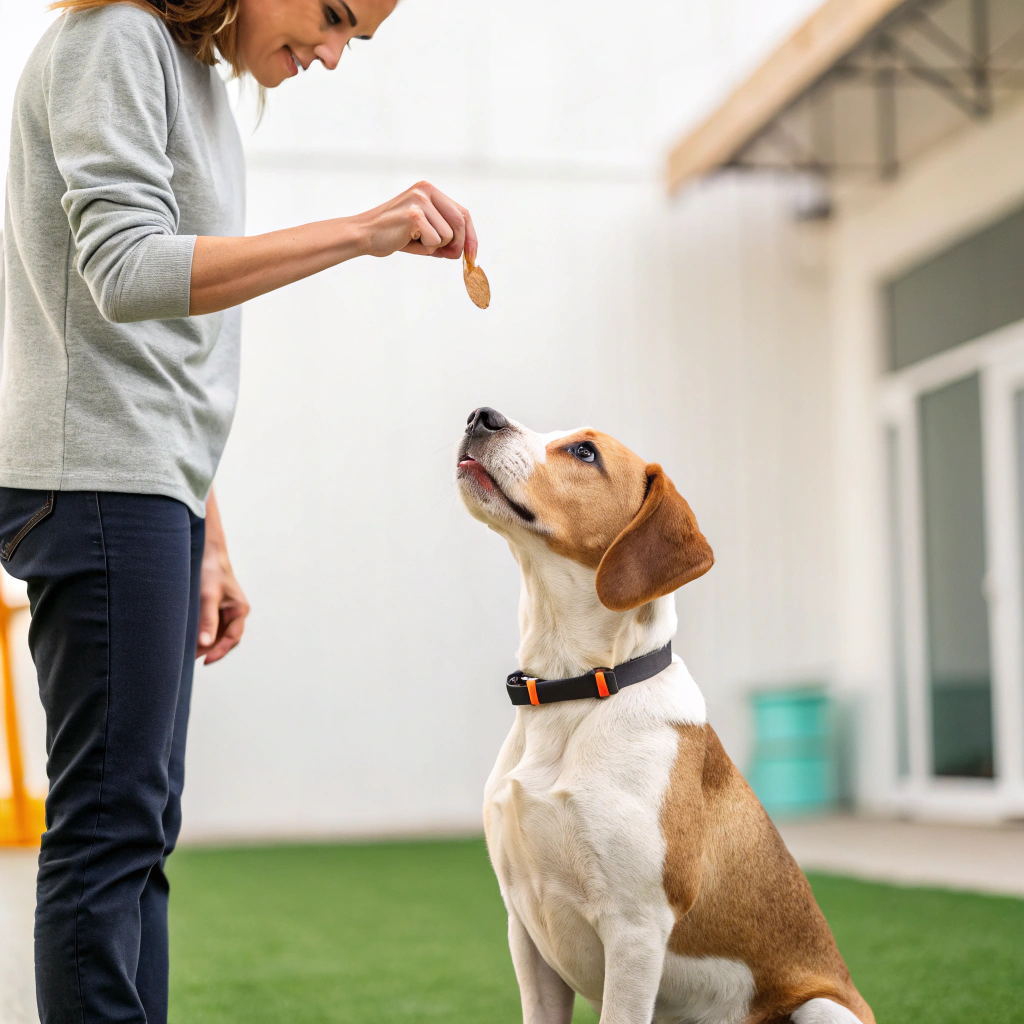Training your dog to sit is one of the most fundamental commands you can teach. Not only does it establish a foundation for further training, but it also helps in managing your dog’s behavior in various situations. Whether you’re a new dog owner or looking to refine your pet’s skills, this article will guide you through the process of teaching your dog to sit effectively. You’ll learn the importance of this command, step-by-step instructions, and additional tips to make the training process enjoyable for both you and your furry friend.
Why This Topic Is Worth Reading

Understanding how to train your dog to sit is essential for several reasons. First, it promotes good behavior and discipline, making your dog more manageable in public and at home. A well-trained dog is often a happier dog, as they understand what is expected of them.
Second, the sit command serves as a building block for more advanced training. Once your dog masters sitting, you can easily teach them other commands like stay, come, and down. This not only enhances your dog’s obedience but also strengthens the bond between you and your pet.
Lastly, training your dog can be a fun and rewarding experience. It provides mental stimulation for your dog and can be a great way to spend quality time together. By following the steps outlined in this article, you can create a positive training environment that encourages learning and cooperation.
Key Highlights or Must-Know Points
- Training your dog to sit is a foundational skill that enhances obedience.
- Positive reinforcement is crucial for effective training.
- Consistency and patience are key to successful dog training.
- Training sessions should be short and enjoyable to keep your dog engaged.
Step-by-Step Instructions to Train Your Dog to Sit
- Gather Your Supplies: Before you start, make sure you have some treats that your dog loves. These will be used as rewards during the training process. You may also want a clicker if you are using clicker training.
- Find a Quiet Space: Choose a distraction-free environment to conduct your training. This will help your dog focus on you and the task at hand.
- Get Your Dog’s Attention: Call your dog over to you and ensure they are attentive. You can use their name or a toy to grab their focus.
- Use the Treat to Guide Them: Hold a treat close to your dog’s nose and slowly move it upwards. As they follow the treat with their nose, their bottom will naturally lower to the ground.
- Say the Command: As soon as your dog’s bottom touches the ground, say “sit” clearly and firmly. This helps them associate the action with the command.
- Reward Immediately: Once your dog is sitting, immediately give them the treat and praise them enthusiastically. This positive reinforcement will encourage them to repeat the behavior.
- Repeat and Practice: Practice this command several times in short sessions. Aim for 5-10 minutes a few times a day to keep your dog engaged without overwhelming them.
- Gradually Reduce Treats: As your dog becomes more proficient at sitting on command, start to reduce the frequency of treats. Continue to praise them verbally to reinforce the behavior.
Extra Tips, Notes, or Warnings
- Be Patient: Every dog learns at their own pace. If your dog isn’t catching on right away, don’t get frustrated. Keep practicing and remain positive.
- Use a Consistent Command: Always use the same word for the command. Consistency helps your dog understand what you want from them.
- Avoid Punishment: Never punish your dog for not sitting. This can create fear and anxiety, making training more difficult.
- End on a Positive Note: Always try to end training sessions on a positive note, even if it means going back to a command your dog knows well. This keeps their spirits high.
Common Questions Answered
How long will it take for my dog to learn to sit? The time it takes varies by dog, but many dogs can learn the sit command within a few days to a week with consistent practice.
What if my dog doesn’t respond to treats? If your dog isn’t motivated by treats, try using their favorite toy or even verbal praise as a reward.
Can I train an older dog to sit? Yes! Dogs of all ages can learn new commands. Older dogs may take a bit longer, but with patience, they can certainly learn to sit.
What should I do if my dog gets distracted? If your dog is distracted, try moving to a quieter location or using higher-value treats to regain their focus.
Final Thoughts
Training your dog to sit is not just about teaching them a command; it’s about building a relationship based on trust and communication. By investing time in this fundamental skill, you are setting the stage for a well-behaved and happy companion. Remember to be patient, consistent, and most importantly, have fun during the training process!
Get Involved
Now that you have the tools to train your dog to sit, why not give it a try? Share your experiences, ask questions, or leave feedback in the comments below. Your journey with your dog is unique, and we’d love to hear about it!

Leave a Reply